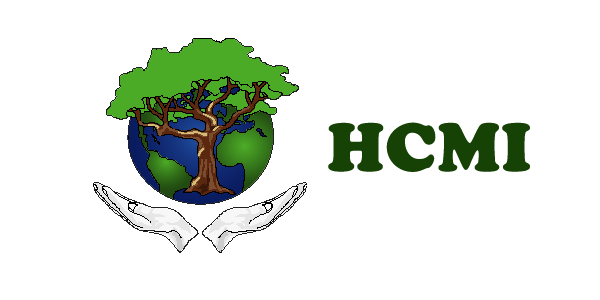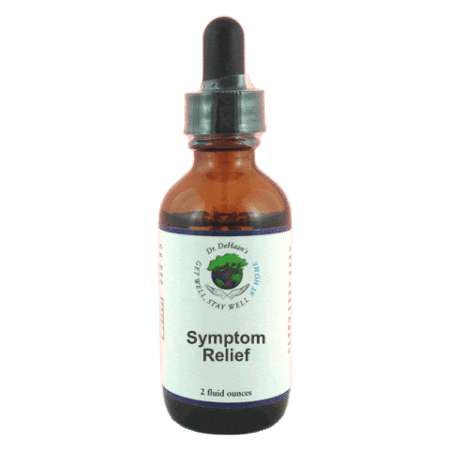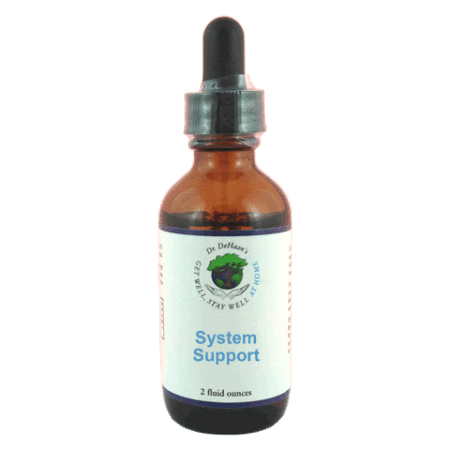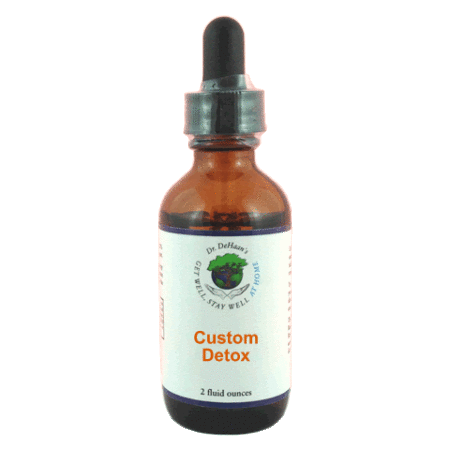
The exact definition of what makes up attention deficit disorder (ADD) is a controversial topic. It seems as though every medical professional has a different definition of what this disease is. But, almost everyone can agree on the fact that it is based on both psychological and physiological factors, and it affects the subject's ability to concentrate, complete tasks and live a normal everyday life. Think of ADD as mild mannered, concentration issues, mind wanders and has a hard time memorizing. Don't mistake that for stupid now, many, if not most ADD kids have higher than average intelligence. The problem is that their learning style is different than the common teaching styles. The ADD child is often bored, that is why his mind seems to wander and he doesn't pay attention. The kids aren't always the problem, parents should keep this in mind. A child should not be expected to sit like a robot and cause no problems. A child is naturally inquisitive and does want to learn, so finding the child's learning style may be of big help.

ADD is often confused or used interactively with ADHD (attention deficit hyperactivity disorder). These are the cases that generally do need some help. Someone with ADHD often has difficulty with concentration, mental focus, and inhibition of impulses and behaviors are chronic and pervasive and impair an individual's daily functioning across various settings -- home, school or work, in relationships, etc. Medicine calls it a neurologically based disorder, but what causes that? There are several things to consider.
- There was a reaction to one or more of the vaccinations the child has had. Many children have allergic reactions that literally interfere with neurological functions. Autism was not a prevalent issue until childhood vaccinations came along. The detoxification of vaccines and the horrible chemicals that come with them may be needed. The vaccine detox along with the appropriate metal detox may be needed.
- Previous trauma to the head might be involved. From a nasty bicycle accident to being dropped as a child to a traumatic birth where they had to use forceps .. any of these can play a role. If you suspect this, use the trauma Remedy.
- Food allergies, or more accurately reactions to colors, preservatives and foods a person should not eat anyway, so diet may be a big part of this. Red dye, like the stuff found in ketchup is almost always a huge trigger. Get this child off of junk foods. Once the problem is to this point, there is very likely a dairy and or gluten allergy. But start by eliminating junk foods, colors, preservatives, feed them organic food.
- Genetics, it is true that a child with ADHD often has a parent that had those tendencies. If one of the parents had the tendency, use the RNA/DNA Remedy.
- Neurological development, meaning the brains ability to use its multifaceted functions all at once may be an issue. This is often the case of a child did not crawl normally or was not allowed to do all the movements a baby does involuntarily, which is all a huge part of brain development and reintegration. A Brain Gym practitioner might be able to help find some exercises to reintegrate the neurological system
- These kids need structure and they often feel rejected subconsciously. Maybe they were an unintended pregnancy and they felt that from the womb .. try to make this child feel loved, wanted and supported.









